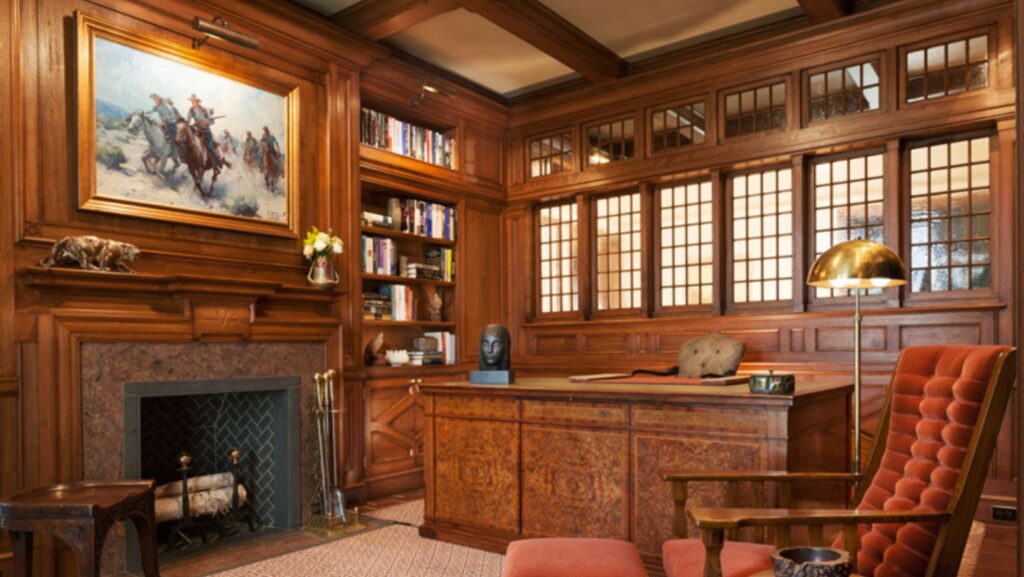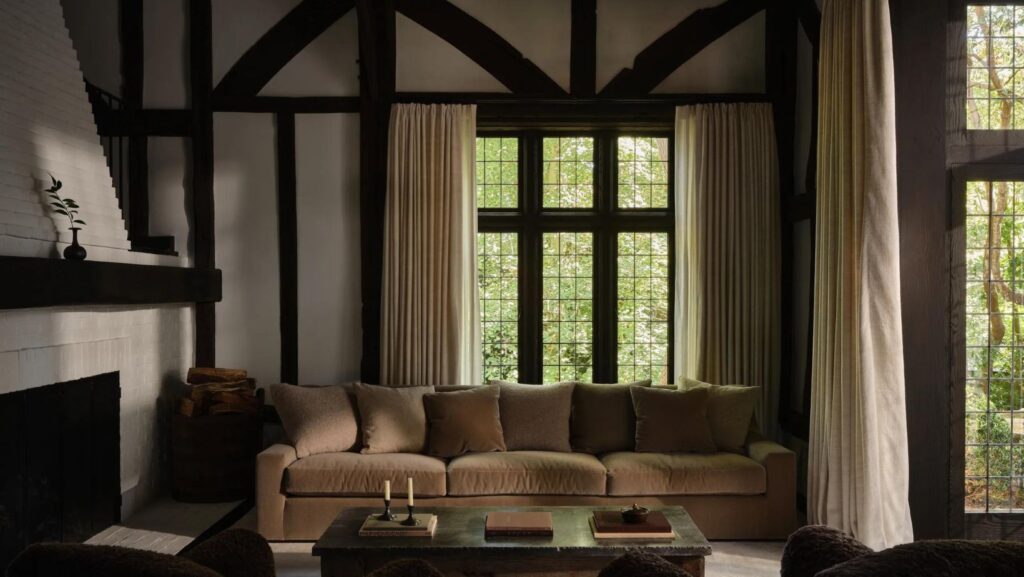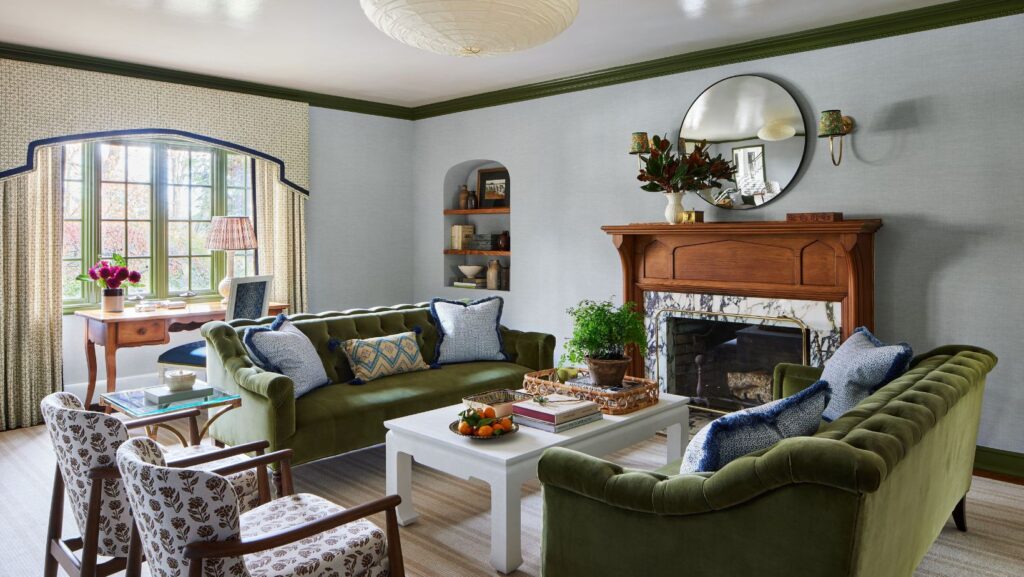Arts and Crafts Interior Design
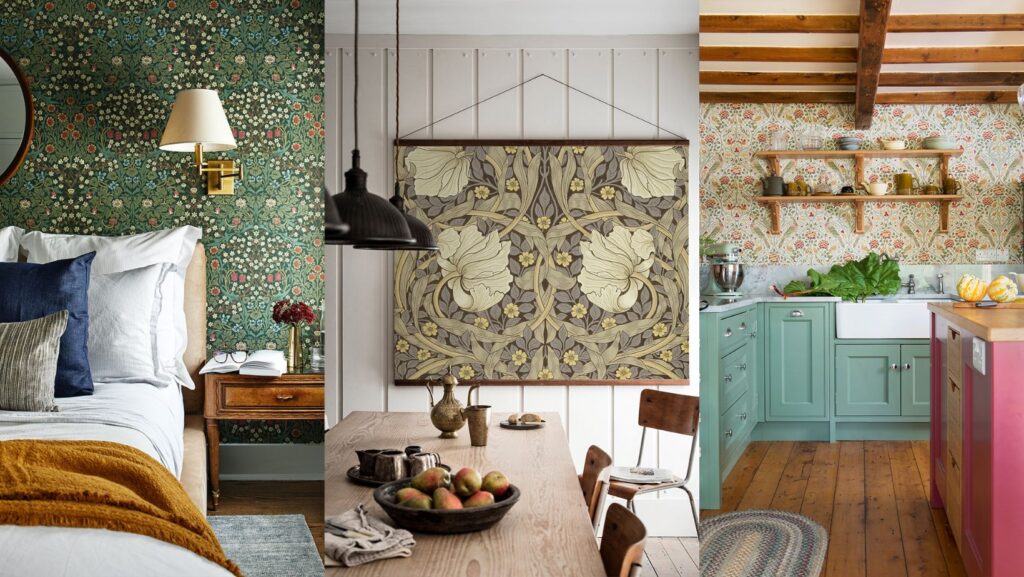
Stepping into a space that seamlessly blends creativity with functionality is a true delight arts and crafts interior design.
In the realm of interior design, arts and crafts style stands out as a timeless choice that exudes warmth and character. Embracing handcrafted elements, rich textures, and intricate details, arts and crafts interior design invites a sense of authenticity into every room.
As I explore the world of arts and crafts interior design, I am continually inspired by the harmony it brings to living spaces. From artisanal furniture pieces to intricate stained glass windows, this design style celebrates the beauty of craftsmanship. Join me on a journey through the essence of arts and crafts design, where every corner tells a story of artistry and dedication.
The History of Arts and Crafts Interior Design
Origins and Philosophical Foundations
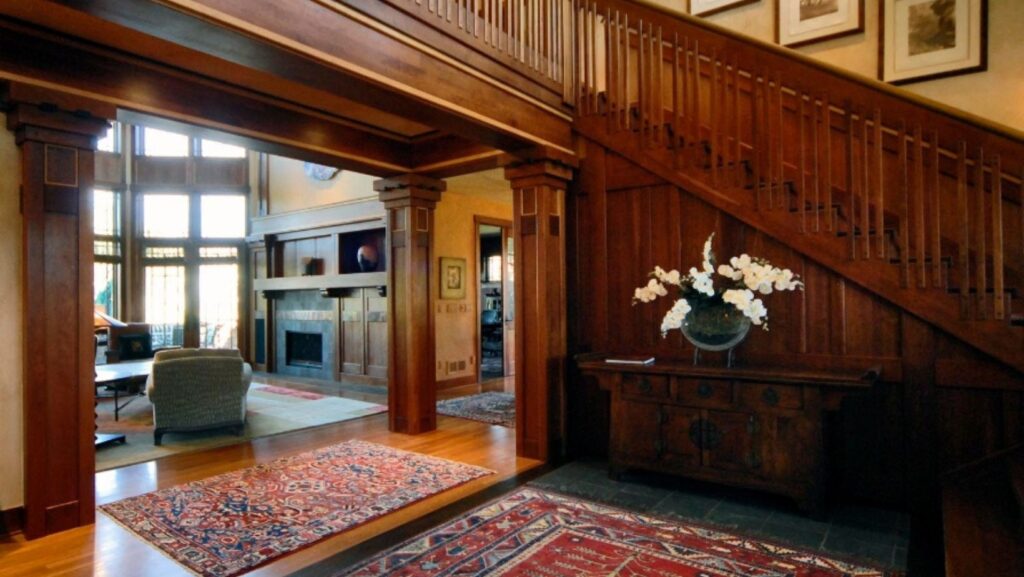
Exploring the origins of arts and crafts interior design takes me back to the mid-19th century in Britain when a response to industrialization emerged. The movement sought to revive traditional craftsmanship, emphasizing simplicity, quality materials, and the beauty of handcrafted items.
It focuses on the “honesty” of design, where the construction methods are visible, celebrating the skill of the craftspeople. This design approach aimed to reconnect individuals with the making process, valuing the art of creating over mass production.
Key Figures and Influences
Delving into the key figures and influences of arts and crafts interior design, I find prominent names like William Morris, John Ruskin, and Gustav Stickley. William Morris, a leading figure in the movement, believed in creating beautiful and functional items for everyday use, promoting handcrafted furniture, wallpapers, and textiles. John Ruskin’s advocacy for the role of craftsmanship in society and Gustav Stickley’s popularization of the craftsman style furniture significantly influenced the arts and crafts movement. These influencers emphasized the importance of simplicity, utility, and the integration of nature in design, shaping the ethos of arts and crafts interior design as we know it today.
Defining Features of Arts and Crafts Interior Design
Natural Materials and Textures
Crafting a harmonious and organic atmosphere is fundamental in arts and crafts interior design. The extensive use of natural materials, such as wood, stone, and metal, contributes to the warmth and authenticity of the space. Rich textures like woven fabrics, leather upholstery, and intricate pottery add depth and tactile interest. By integrating these elements, I create a sensory experience that connects inhabitants with the natural world, fostering a sense of tranquility and balance in the interior.
Handcrafted Furniture and Decor
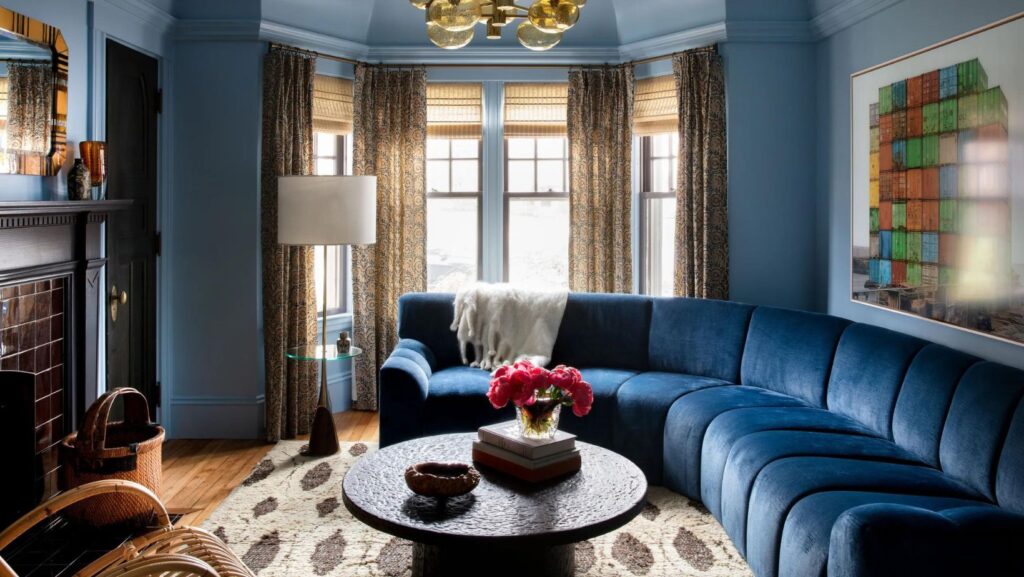
Central to arts and crafts interior design is the emphasis on handcrafted furniture and decor. Each piece is meticulously crafted by skilled artisans, showcasing fine craftsmanship and attention to detail. From intricately designed wooden furniture to handwoven textiles and pottery, every item tells a story of artistry, dedication, and human ability. By incorporating these bespoke pieces into the design, I infuse spaces with character and authenticity, creating unique and personalized interiors that reflect the values of the arts and crafts movement.
Incorporating Technology
In modern interpretations of Arts and Crafts design, technology plays a crucial role in enhancing the traditional aesthetic while catering to contemporary needs. I find that incorporating smart home devices seamlessly into handcrafted furniture or decor adds a touch of convenience and innovation to the timeless style. By blending intricate woodwork with hidden charging stations or integrating smart lighting solutions, designers can harmoniously marry the old-world charm of Arts and Crafts with the practicality of modern-day living. This fusion creates a unique blend of craftsmanship and functionality that appeals to a wide range of homeowners seeking a balance between tradition and innovation.
Sustainable Practices
When delving into the realm of Arts and Crafts interior design today, sustainability takes center stage in my approach. I prioritize using eco-friendly materials and techniques to honor the movement’s original emphasis on quality craftsmanship and natural elements. From reclaimed wood for rustic furniture pieces to energy-efficient lighting choices that complement the overall design, I strive to create environmentally conscious spaces that resonate with the ethos of the Arts and Crafts movement. By implementing sustainable practices such as upcycling, repurposing, and sourcing locally-produced materials, I ensure that each design project contributes positively to both the environment and the aesthetic appeal of the space.

